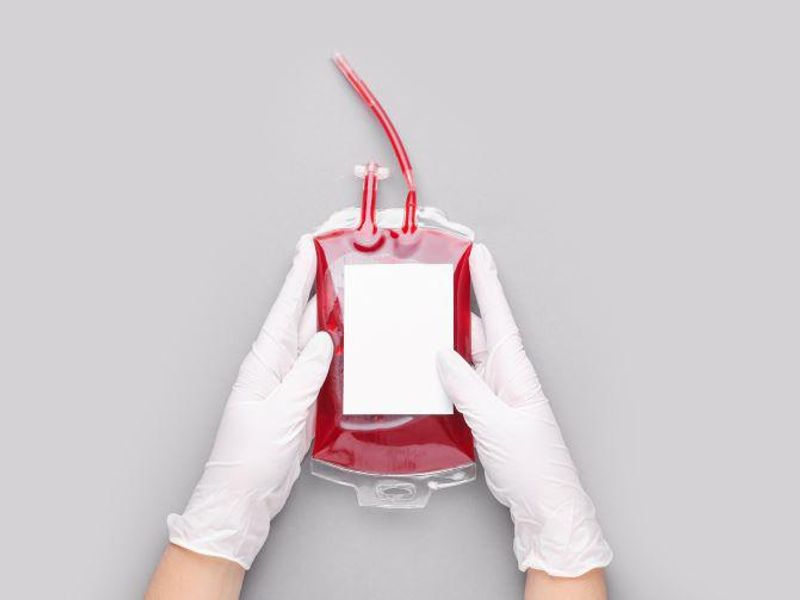After adjustment for donor hemoglobin levels, no increased risk seen for requiring additional transfusion after transfusion from female donor
MONDAY, June 27, 2022 (HealthDay News) — Neither sex nor parity of blood donors affects mortality in patients who receive red blood cell transfusions, according to a study published online June 13 in the JAMA Internal Medicine.
Jingcheng Zhao, M.D., Ph.D., from the Karolinska Institutet in Stockholm, and colleagues examined whether blood donor sex and parity affect mortality of patients undergoing transfusion with red blood cells in a cohort study using nationwide blood bank and health register data in Sweden. Data were included for 368,778 participants aged 18 to 90 years who received a transfusion between Jan. 1, 2010, and Dec. 31, 2017.
The researchers found that comparing red blood cell transfusions from female and parous donors to male donors, the two-year survival differences were â0.1 and 0.3 percent, respectively. There were no significant survival differences observed, irrespective of patient sex or age. The median hemoglobin counts were lower for female than male donors (13.5 versus 14.9 g/dL). The relative risk was 1.12 (95 percent confidence interval, 1.08 to 1.17) for additional transfusions within 24 hours in association with red blood cell transfusions from female donors; after adjustment for donor hemoglobin counts, the association was no longer significant (relative risk, 1.03; 95 percent confidence interval, 0.98 to 1.08).
“When we take into account the lower hemoglobin levels in blood from women, we see no difference in survival among patients who received a blood transfusion from women compared with from men, regardless of how many times the female donors had been pregnant and of the patients’ sex and age,” Zhao said in a statement.
Copyright © 2022 HealthDay. All rights reserved.








